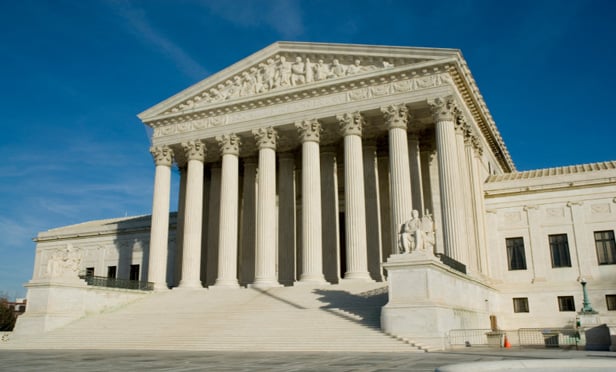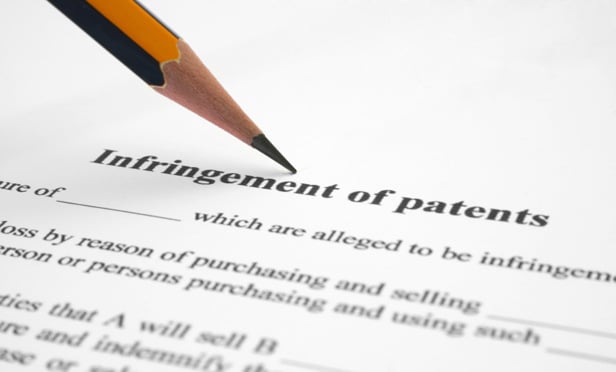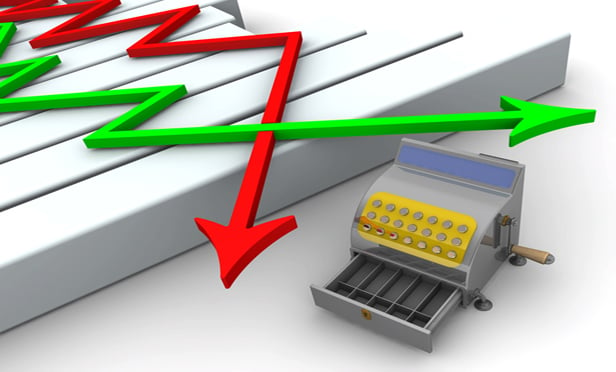Columns & Departments
IP News
Federal Circuit Affirms Finding That Rembrandt's Patent Is Not Infringed by Apple's Accused Products<br>District Court Transfers Case after Federal Circuit Ordered It to Reconsider Party's Venue Objections In Light of <i>TC Heartland</i><brPTAB Decision Invalidating AIP Internet Network Patent Affirmed on Appeal
Features

Supreme Court, Federal Circuit Deny Damages for Patent Found to Be Valid and Infringed
On Nov. 13, 2017, a Federal Circuit panel of Chief Judge Prost, Judge Mayer, and Judge Chen issued a unanimous decision in <i>Promega Corp. v. Life Technologies Corp.</i> On remand from the United States Supreme Court, the panel affirmed a grant of judgment as a matter of law by the United States District Court for the Western District of Wisconsin that the plaintiff failed to prove its infringement case under §§35 U.S.C. 271(a) and 271(f)(1). The panel affirmed the district court's denial for a new trial on damages and infringement, and reaffirmed its prior holdings on enablement, licensing, and active inducement issues.
Features

Written Opinions Of Counsel: Valuable Tools for Avoiding Willful Patent Infringement
Written opinions of counsel are gaining renewed interest as a valuable tool to limit liability for willful patent infringement. A patent opinion that is competently written by a registered patent attorney sets forth the factual and legal basis for finding a patent not infringed, invalid, and/or unenforceable. However, to be effective, the timing of the rendered patent opinion may be critical.
Columns & Departments
IP News
Federal Circuit Resolves Circuit Split, Finds That Venue Is Not Waived Under Rule 12(h)(1)(A) for Cases Brought before <i>TC HeartLand</i><br>Federal Circuit Reverses Award of Lost Profits Because Product Sold to a Single Customer Was an Available Non- Infringing Alternative
Features

The New Patent Venue Regime
Venue in patent cases lies "in the judicial district where the defendant resides, or where the defendant has committed acts of infringement and has a regular and established place of business." Since 1990, the Federal Circuit interpreted the term "resides" coextensively with the general venue statute such that patent venue lay where the defendant was subject to personal jurisdiction. But this year, the Supreme Court greatly narrowed that definition in <i>TC Heartland v. Kraft Foods</i>. The Federal Circuit, in turn, interpreted the newly-relevant alternative phrase. After two decades of relaxed patent venue rules, these decisions work a seismic shift in patent litigation.
Features

At High Court, Just One IP Case That Matters
<b><i>After Several IP-Heavy Seasons, the 2017 Term At the U.S. Supreme Court Looks to Be a Quiet One for Intellectual Property — with One Big Exception</b></i><p>The 2017 term at the U.S. Supreme Court looks to be a quiet one for intellectual property. But with one potential bang in the middle.
Columns & Departments
IP News
Federal Circuit: Collateral Estoppel Can Apply to Patents With Claims Similar To Those in Previously Litigated<br>Federal Circuit Uses 'Rule of Reason' To Determine Patent Owner Had an Early Reduction to Practice
Features

Patent Lost Profit Damages and Apportionment
<b><i>Split Federal Circuit Declined to Reconsider Panel's Decision that Lost Profits Based on the</i> Panduit <i>Factors Are Fully Apportioned</b></i><p>On Sept. 1, 2017, a split Federal Circuit declined to rehear a panel decision in <i>Mentor Graphics Corp. v. EVE-USA, Inc.</i>, a case that could have significant implications for lost profit damages and apportionment.
Features

Tactical Considerations for Patent Owner Responses in IPRs
U.S. Patent Office statistics show that the PTAB has found at least one claim of a challenged patent to be unpatentable in over 80% of IPRs. Given these odds, and the fact that institution of an IPR is not appealable, a patent owner's best shot at preserving its patent rights intact is to defeat institution of the IPR trial in the first instance.
Columns & Departments
IP News
Federal Circuit Throws Out District Court's Test for “Place of Business” for Purposes of Determining Venue in Patent Cases
Need Help?
- Prefer an IP authenticated environment? Request a transition or call 800-756-8993.
- Need other assistance? email Customer Service or call 1-877-256-2472.
MOST POPULAR STORIES
- 10 Steps Legal Departments Should Be Taking to Prepare for the SEC's Newly Adopted Cybersecurity Risk Governance Rule for Public CompaniesBy readying your company's cybersecurity program now to comply with the SEC's cyber rules, you will also arm your company with a better defense against cyberthreat actors, reduce the reputational harm that comes along with a cybersecurity incident and increase investor confidence in the company's cybersecurity program.Read More ›
- Use of Deferred Prosecution Agreements In White Collar InvestigationsThis article discusses the practical and policy reasons for the use of DPAs and NPAs in white-collar criminal investigations, and considers the NDAA's new reporting provision and its relationship with other efforts to enhance transparency in DOJ decision-making.Read More ›
- The DOJ's Corporate Enforcement Policy: One Year LaterThe DOJ's Criminal Division issued three declinations since the issuance of the revised CEP a year ago. Review of these cases gives insight into DOJ's implementation of the new policy in practice.Read More ›
- The DOJ's New Parameters for Evaluating Corporate Compliance ProgramsThe parameters set forth in the DOJ's memorandum have implications not only for the government's evaluation of compliance programs in the context of criminal charging decisions, but also for how defense counsel structure their conference-room advocacy seeking declinations or lesser sanctions in both criminal and civil investigations.Read More ›
- Bankruptcy Sales: Finding a Diamond In the RoughThere is no efficient market for the sale of bankruptcy assets. Inefficient markets yield a transactional drag, potentially dampening the ability of debtors and trustees to maximize value for creditors. This article identifies ways in which investors may more easily discover bankruptcy asset sales.Read More ›
